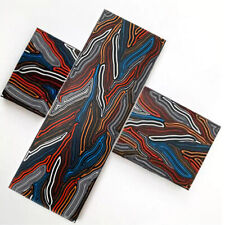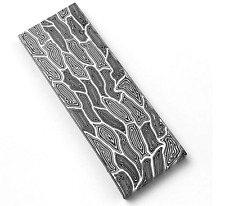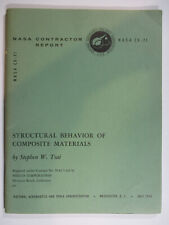
Composite materials with virtually limitless performance capabilities could be in the offing thanks to a University of Wisconsin-Madison scientist who has dispelled a 50-year-old theoretical notion that composite materials must be made only of “stable” individual materials to be stable overall. Composite materials – or materials made by combining multiple distinct materials – deliver advantages over conventional materials including high stiffness, strength, lightness, hardness, fracture resistance or economy. Composite materials are typically used wherever strength is paramount, such as in aircraft, or more mundanely, golf clubs.
Now, Professor Walter Drugan, writing in Physical Review Letters, says he has proved that a composite material can be stable overall even if it contains a material that is unstable by itself, as long as it is contained within another material that is sufficiently stable.
Incorporating a material with negative stiffness into a composite designed to be highly stiff originated with UW-Madison physicist Roderic Lakes. Six years ago, Lakes noticed that in the mathematical formulas that predict how a composite will perform based on its component material properties, employing a material with a suitably chosen negative stiffness would theoretically yield an infinitely stiff composite.
Lakes then created such a composite by embedding a material that behaved like one with negative stiffness in a matrix of a material with positive stiffness-somewhat like the shell of a golf ball surrounds its core. Through dynamic experiments, conducted under oscillatory loading, he showed that the composite stiffness was greater than the mathematical bounds indicated it could be, given the combination of materials.
But Lakes’ experiments were dynamic, and since dynamics often has a stabilizing effect, it remained unknown whether such material response could be obtained in the static loading case. So Drugan set out to prove theoretically that such a material can be stable under static loading. “In general this is a very challenging problem, but I finally found a clean way to analyze it,” he says.
Drugan hopes his proof will awaken materials engineers to a new, broad range of possibilities for making composite materials. “If you’re going to make a composite material from two different materials, you think about all the possible properties that each of the individual materials can have in order to obtain an outstanding overall performance,” he says. “If you’re suddenly able to greatly expand the range of properties that one of these materials can have, then you have a much wider range of possibilities for the overall composite. And that’s what this research does. It says, ‘You don’t need to limit yourself to two stable materials anymore.'”


















Comments are closed.